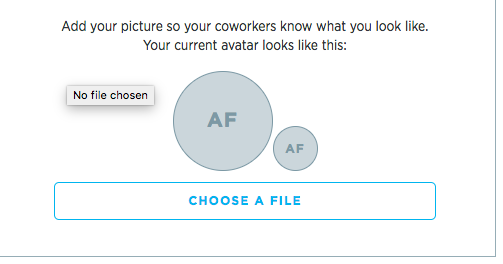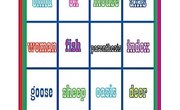Most students of English will spend at least some of their time diagramming sentences and learning to identify parts of speech. This can be tricky work, particularly in English where a significant number of words look to be different classes or parts of speech than they are. Among the most confusing to identify can be adverbs and adverb clauses. Fortunately, with practice, you can come a long way towards easily identifying adverb clauses.
What Are Adverbs?
Most people recognize adverbs by their -ly suffix. Words like "slowly," "heavily," "tirelessly" and "mellifluously" are all adverbs. However, words ending in -ly aren't the only kind of adverbs. More to the point, the suffix of a word doesn't indicate what the word does, so it's important to not only be able to recognize and identify adverbs but to understand what they are.
Adverbs are a part of speech that serves a descriptive function. In other words, adverbs are describing words. An adverb adds a more significant description to a verb, a phrase, a clause or a sentence. Because adverbs tend to describe the way the action of a verb takes place, they are very often found directly before or directly after a verb in a sentence.
In addition to modifying verbs, as in "she ate quickly," adverbs can modify other parts of speech, too. For example, in the sentence "he was incredibly tall," the adverb "incredibly," is actually modifying the adjective "tall." The incredibly tells us to what extent the person was tall.
Identifying Adverb Clauses
Once you've gotten clarity on which words are adverbs and what adverbs do, you can move on to identifying adverb clauses. Adverb clauses are the clause of a sentence that relies on an adverb to make the overall sentence make sense. A good way to practice adverb clauses is by reading the sentence aloud. An adverb clause always contains a subject and a verb.
Beyond their structure, another good way to practice adverb clauses is to remember that they always answer the questions "How? When? Where? or Why?" in a sentence. Another thing to remember is that adverb clauses always begin with a subordinating conjunction. This is a clause without which the complete thought expressed in the sentence couldn't exist.
These subordinating conjunctions are words like "after," "although," "because" and "if." Once you find the use of the adverb clause, you will begin to understand how to identify it. It takes practice, but soon you'll be able to identify adverb clauses by following these simple rules.
Ways to Practice Adverb Clauses
Aside from reading sentences aloud and trying to identify which parts of the speech are adverb clauses, you can diagram sentences. Diagramming sentences is an excellent way to make sure that you understand exactly what each modifying word or expression is doing to the words it affects. There are diagramming sentence exercises available online and in many books that teach grammar and sentence structure.
When you practice adverb clauses, you will want to be able to check your work, so it's a good idea to get a workbook with the answers in the back. An adverb clause worksheet will likely ask you to identify adverb clauses. In order to do so, you'll need to spot the clause in the sentence that has a subordinate conjunction and satisfies the answer to a question about the sentence: How? When? Where? or Why?
In addition, the clause must have a subject and a verb. If a sentence has both subordinate conjunctions and answers one of those questions, check to make sure the sentence also has a subject and a verb. If it does, congratulations. You've just identified an adverb clause.
Related Articles
References
Writer Bio
Ashley Friedman is a freelance writer with experience writing about education for a variety of organizations and educational institutions as well as online media sites. She has written for Pearson Education, The University of Miami, The New York City Teaching Fellows, New Visions for Public Schools, and a number of independent secondary schools. She lives in Los Angeles.










